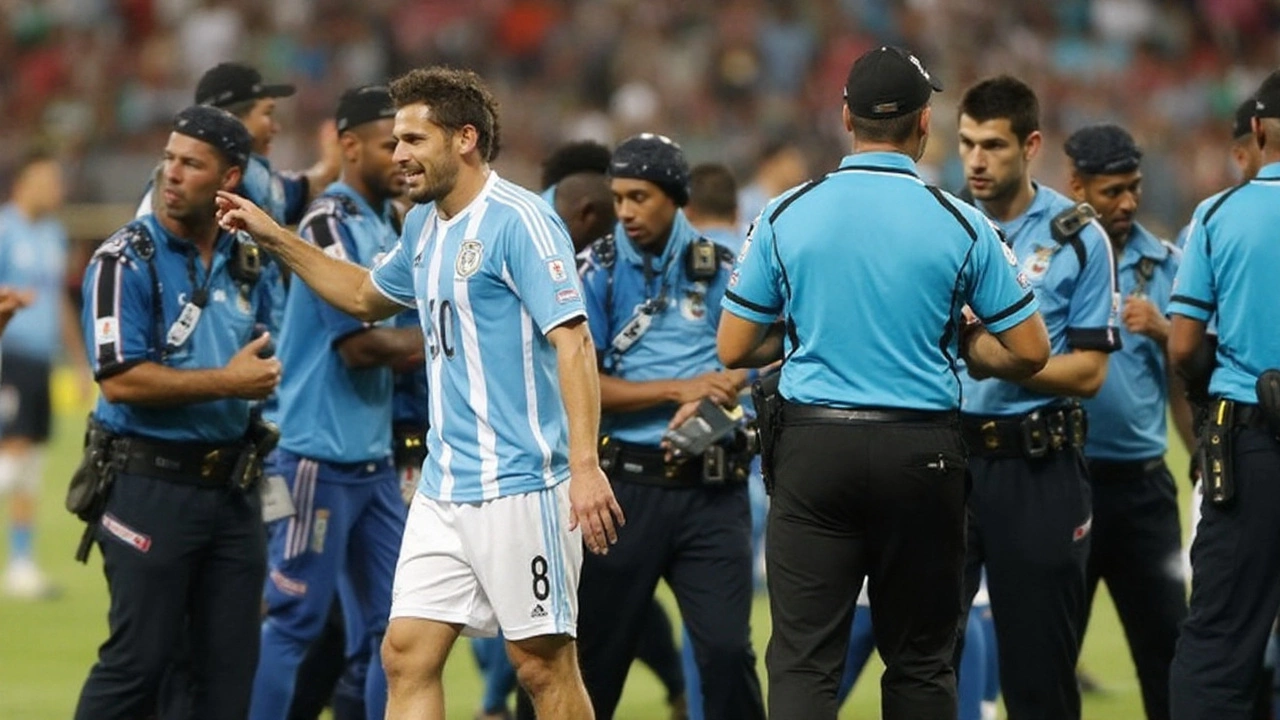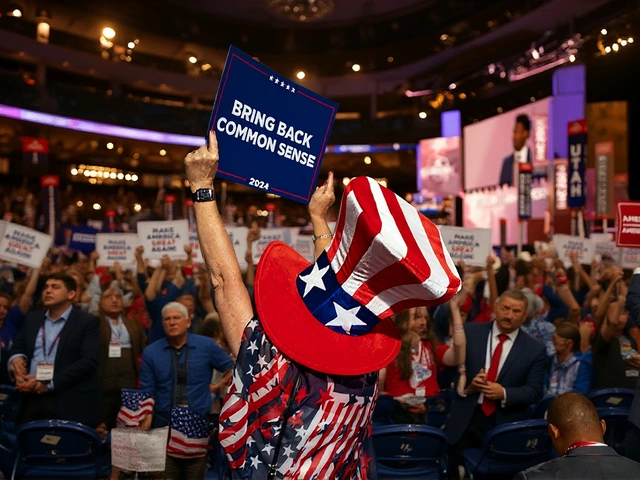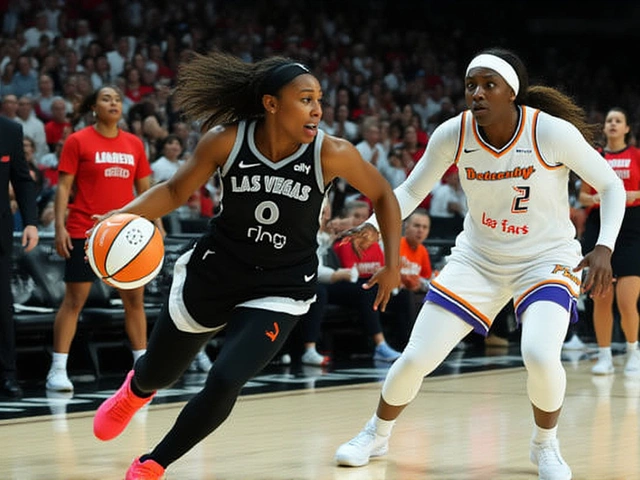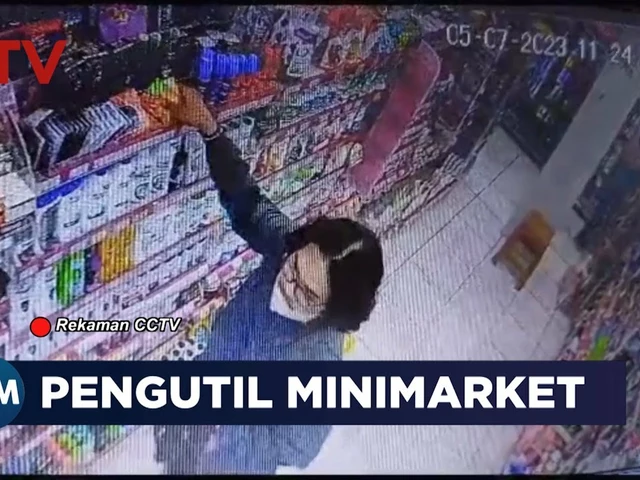What happened in Charlotte
The scoreline said Colombia 1, Uruguay 0. The images after the whistle told a different story. Minutes after a bruising semifinal at Bank of America Stadium, several Uruguay players climbed into the stands near their bench as a fight broke out with fans. Videos spread fast: shoving, punches, and at least one clip that appeared to show Darwin Núñez trying to use a chair in the chaos before police and security forced a pause.
Speaking in the mixed zone, Luis Suarez put the reason in plain terms: players saw their families in trouble and reacted. He said he could see children and elderly relatives caught up in the crush behind the Uruguay bench. “When your wife, your child, your father are there, you go to see if they’re OK,” he explained. He didn’t try to dress it up. Defending loved ones, yes. The optics? Bad for the sport. Both things can be true, he said.
The scene came after an emotional match loaded with flashpoints: seven yellow cards and a red. Colombia had gone in front through a Jefferson Lerma header, and then finished the game with 10 after Daniel Muñoz was sent off just before halftime. Uruguay pushed for an equalizer, wasted chances, and watched the clock run out as a wall of yellow—more than 70,000 in attendance, with the vast majority backing Colombia—roared with every clearance.
Then tempers frayed. A scrum formed at midfield between players from both sides. The tension spilled toward the touchline, and then into the stands. From there, it got messy. About a dozen Uruguay players climbed the rail. Some swung. Some tried to separate people. Security and Charlotte-Mecklenburg Police needed around 10 minutes to stabilize the area and move families to safety.
In the most shared clips, Núñez is at the center, visibly enraged. Other Uruguay players can be seen trying to create a path and shield relatives. Amid the noise and the crush, a core question hangs over the whole episode: how did a section with players’ families end up within arm’s reach of rival supporters so soon after the final whistle?
That’s not a small detail. Big tournaments usually set aside a family seating area with buffers—empty rows, barriers, and dedicated stewards. There’s also a plan to escort families out once the game ends. In Charlotte, that clearly broke down. Whether that was due to staffing, layout, or decisions made on the fly is exactly what investigators will try to map out.
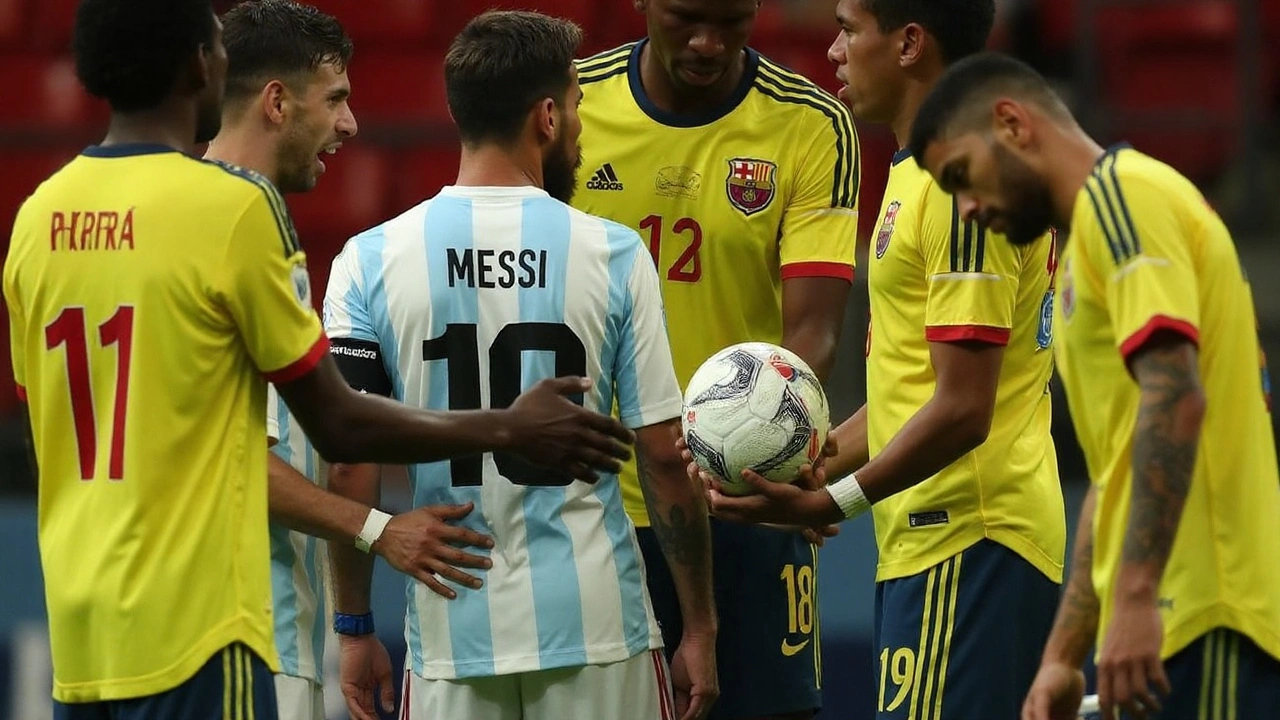
Security failures, investigations, and what comes next
CONMEBOL didn’t wait. The governing body condemned the violence and opened a disciplinary case to piece together the timeline and assign responsibility. That includes players who entered the stands, any fans who attacked, and the match organizers tasked with keeping both groups apart. This won’t just be a single-clip judgment. Expect tournament officials to pull in multiple camera angles, body-cam footage, radio logs from security, and witness statements.
These are the questions they’ll ask first:
- Were the family sections clearly separated and staffed with stewards trained for post-match congestion?
- Did team security request or receive escorts for players’ relatives before the final whistle?
- At what moment did players decide to enter the stands, and under what perceived threat?
- Were objects thrown or barriers breached, and by whom?
- Did stadium operations follow their own emergency protocols?
Sanctions are on the table. CONMEBOL can fine federations, suspend players, and even hold stadium operators to account if the venue plan fell short. Darwin Núñez’s actions will draw close scrutiny, as will any Uruguay player caught on video throwing punches. The disciplinary code allows for bans across official competitions if they find violent conduct, but intent and context matter. If investigators confirm that players intervened to protect family members facing direct aggression—and if security measures were inadequate—that will weigh in their assessment.
None of this erases the core safety issue. Families shouldn’t be anywhere near a flashpoint. The fact that a large, partisan crowd—reports estimated around 90% in Colombia colors—sat within shouting distance of Uruguay’s bench and family area created the kindling. Add a semifinal’s emotions, a red card, and a frustrated losing side, and you get a predictable spark. Good event planning anticipates that moment and builds barriers—literal and operational—so emotion never turns into a fistfight.
On the field, this was a hard, physical contest that could have gone either way. Uruguay carved out chances early, with Núñez getting looks he usually buries. Colombia bent but didn’t break, defended deep after the red, and rode the set-piece goal. James Rodríguez’s delivery has been a weapon all tournament, and Lerma cashed it in. The match’s edge—scraps for second balls, jostling on corners—carried into the handshake line. Once the benches emptied and substitutes mixed in, it became harder to cool it down.
There’s also the human side. Players are public figures, but their families in the stands are not. Seeing your child cry or your partner shoved triggers a different instinct than a shove on the pitch. Suarez, 37 and one of the most seasoned voices in that locker room, didn’t try to dress it up as anything but a protective reflex. He also acknowledged the damage: no sport wants these pictures headlining the morning after a semifinal.
For the tournament, the stakes go beyond optics. There is another match day coming, and the host organizers need to prove they can keep everyone safe—players, families, and fans. That means clearer family zones, early escorts, visible buffers, and coordinated messaging inside the stadium. It also means separating rival groups near benches, even if that reduces premium seat inventory. The cost of not doing it is now on tape.
Law enforcement will run a parallel track to CONMEBOL’s process. If specific assaults are identified on video, those cases can move into criminal territory. Stadium bans for identified offenders are also likely. The venue has cameras everywhere; that’s both a deterrent and a tool after the fact. The faster authorities match faces to seats, the stronger the signal that postgame chaos won’t be shrugged off as “passion.”
There’s a precedent playbook here. After high-profile incidents in continental competitions, sanctions often hit multiple layers: individual players for violent conduct, federations for failure to control players, and organizers for safety lapses. Fines are common. Suspensions can stretch across future internationals. Requirements for enhanced security plans at the next match are standard. The message is usually blunt: passion is welcome, violence is not.
For Uruguay, the fallout collides with sporting goals. Marcelo Bielsa’s team has been one of the most aggressive, confident sides in this tournament, knocking out Brazil and pressing with intensity. Now they’re managing headlines about a brawl and waiting on possible suspensions. Núñez is the emotional heartbeat up front; any ban would ripple through how they attack. Suarez, still influential off the bench and in the dressing room, now becomes one of the team’s key public defenders.
Colombia leaves with a place in the final and its own postgame questions. The fan base transformed Charlotte into a de facto home stadium, and that matters on nights like this. But some of the viral clips show Colombian supporters in the thick of the confrontation near the Uruguay bench. Identifying who escalated and who defended will be part of the frame-by-frame review. Fair or not, that scrutiny follows a team that has thrilled the tournament with energy and edge.
Zoom out, and this is a reminder that major events are delicate ecosystems. A few small failures—an unsecured aisle, a slow escort, a heated exchange at the wrong moment—compound into a global story. Tournament organizers talk a lot about “fan experience,” but security zones for families are part of that. It’s not just keeping flares out of the stadium; it’s planning the 10 minutes after a tense match when emotions peak and barriers are needed most.
So where do things go from here? Expect three tracks in the coming days:
- Disciplinary: CONMEBOL reviews footage, interviews match officials and security leads, and issues preliminary charges. Players could be provisionally suspended pending a hearing.
- Operational: The host committee and stadium operator adjust seating maps, boost steward numbers in family sections, and coordinate escorted exits for players’ relatives immediately at full time.
- Legal and identification: Police match video to tickets and IDs, pursue cases where they see clear assaults, and work with the venue on bans.
There’s also a softer reset needed. Players will get briefed on what to do if they see chaos near family sections. Don’t go alone. Signal team security. Let stewards create a corridor. None of that is easy when adrenaline is high, but teams drill for pitch emergencies; they can drill for this too. In a sport where images travel faster than facts, every second counts.
One more thing about the balance here. It’s possible to condemn violence and still understand why a player, seeing his son or his mother jostled in a crush, moves toward the danger. Suarez’s comments capture that tension. He didn’t ask for excuses. He asked for people to see the whole picture: the noise, the fear, the overwhelming crowd in yellow, and the gap where the barrier should have been.
The semifinal deserved to be remembered for the football. Instead, it will share space with those jolting scenes by the bench. The hope now is simple: the final—and the remaining matchday—runs on sound and color, not fists and panic. That requires quick fixes and clear accountability. The investigation will determine who crossed the line and why the line wasn’t guarded better in the first place.
As for the tournament’s narrative, it’s still alive. Colombia’s run has been fueled by intensity and set-piece precision. Uruguay’s resurgence under Bielsa is real. The crowd energy in U.S. stadiums has been electric. It takes just one lapse to sour that story. With global attention fixed on the next kickoff, organizers get one more chance to show that the greatest continental championship in the Americas—call it what it is, the Copa America—can bring heat without losing control.

